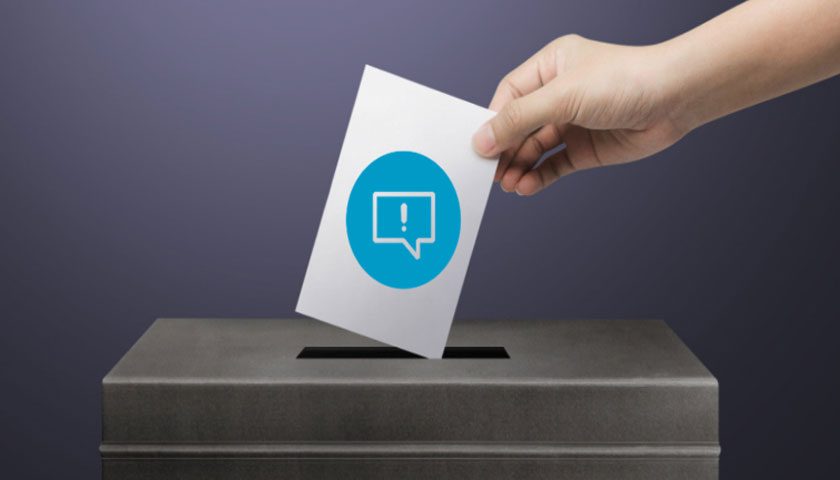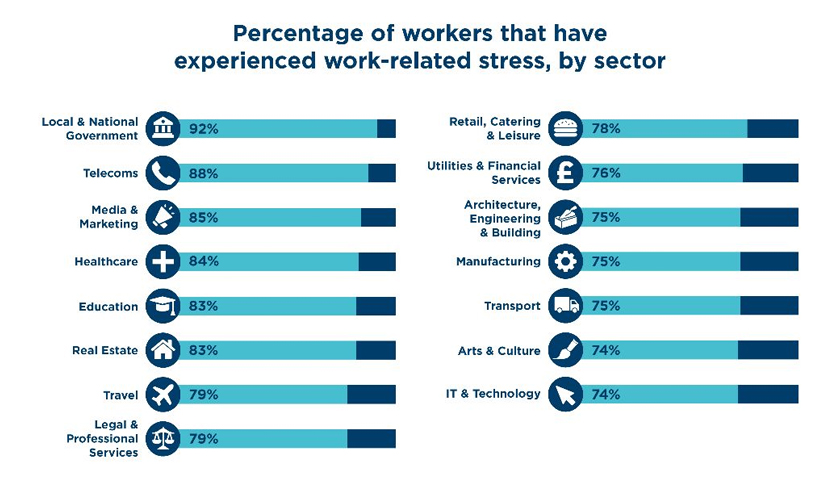New marketing study by Aura Print shows the shift from digital to print in political campaigns.
How much are political parties spending on printing?
|
Party name |
2019 General Election |
2024 General Election |
Difference in spending (2019-2024) |
|
Total expenditure (in £) |
|||
|
Reform UK |
127,755.50 |
1,458,008.84 |
1,330,253.34 |
|
Labour Party |
379,472.58 |
1,161,133.50 |
781,660.92 |
|
Conservative Party |
7,363.98 |
377,281.46 |
369,917.48 |
|
Green Party |
49,807.70 |
296,307.76 |
246,500.06 |
|
Liberal Democrats |
1,644,202.25 |
575,215.59 |
-1,068,986.66 |
Please find the full dataset here.
On the surface, a pattern emerges among both the left and right: printed campaign material is becoming more important in elections. Printed campaign spending soared in the run-up to the 2024 general election, with Reform UK recording the sharpest rise, jumping from £127,756 in 2019 to £1.46m. Labour more than doubled its print spending to £1.16m, while Conservative spending rocketed from just £7,364 to £377,281. The Greens also invested heavily, increasing their print budget nearly sixfold to £296,308. The Liberal Democrats bucked the trend, cutting spending from £1.64m to £575,216.
Right-leaning parties ramp up spending on printed materials
Looking deeper, spending in the 2024 general election reveals a hidden divide between left and right. Right-leaning parties collectively increased their print budgets by more than £1.7 million compared with 2019, signalling a renewed push for traditional, physical campaigning. By contrast, left-leaning parties decreased print spending, down £53,025, suggesting a greater reliance on digital outreach.
Corbyn: Printing past its political prime?
For Jeremy Corbyn’s promised “new kind of political party,” the spending trends pose an early strategic dilemma. Determined to offer a clear alternative to Keir Starmer’s Labour, he may choose campaign tactics that break with the party’s recent upspending on physical printing. His fierce opposition to the right makes it equally unlikely he would mirror Reform UK’s high-spend print strategy.
So, are printed campaign materials a thing of the past for new political parties in the UK?
Printing on the rise amid social media campaigning: Experts explain…
The brand experts at Aura Print discuss why printed material holds onto its charm in the age of digital campaigning:
“Politics has fully embraced social media, with parties like Labour even diving into meme culture to engage younger voters. But parties continue to rely on printed materials, leaflets, and posters because they provide tangible, accessible information that reaches voters across all ages, particularly older groups less active online.
Print also strengthens local brand awareness, creating a physical presence that digital ads often lack. The tactile nature of printed materials helps build trust and familiarity, making it easier for voters to recall candidates when it matters most.”
Are printed materials a worthwhile investment for Corbyn?
Aura Print also discuss whether printed materials are a worthwhile investment for new parties, and whether they’re worth the budget for parties with figureheads as influential and digitally active as Jeremy Corbyn.
“For a new or emerging political party, especially one led by a high-profile figure like Jeremy Corbyn, digital campaigning offers the most cost-effective way to reach large audiences quickly. Social media platforms provide near-free access to supporters, allowing viral content and direct engagement without the multi-million price tag of print.
However, digital alone can’t replace the visibility and local impact of printed materials, particularly in areas with lower internet access or among older voters. A young party might therefore adopt a hybrid approach: leveraging Corbyn’s digital appeal to energise online supporters while investing strategically in printed leaflets and posters to ensure a strong presence on the ground.”



